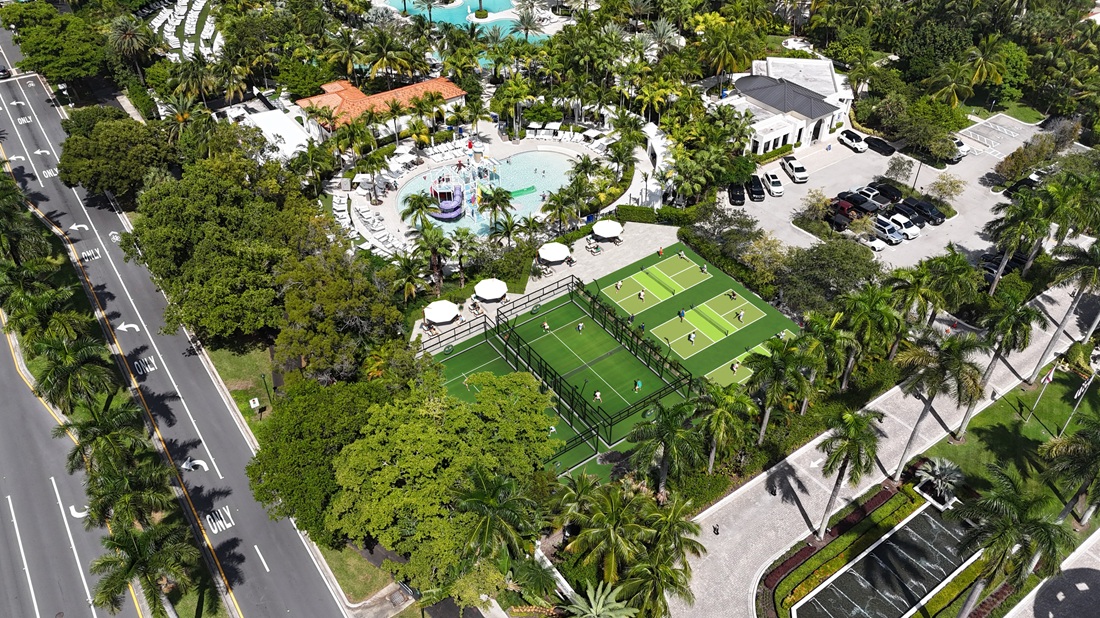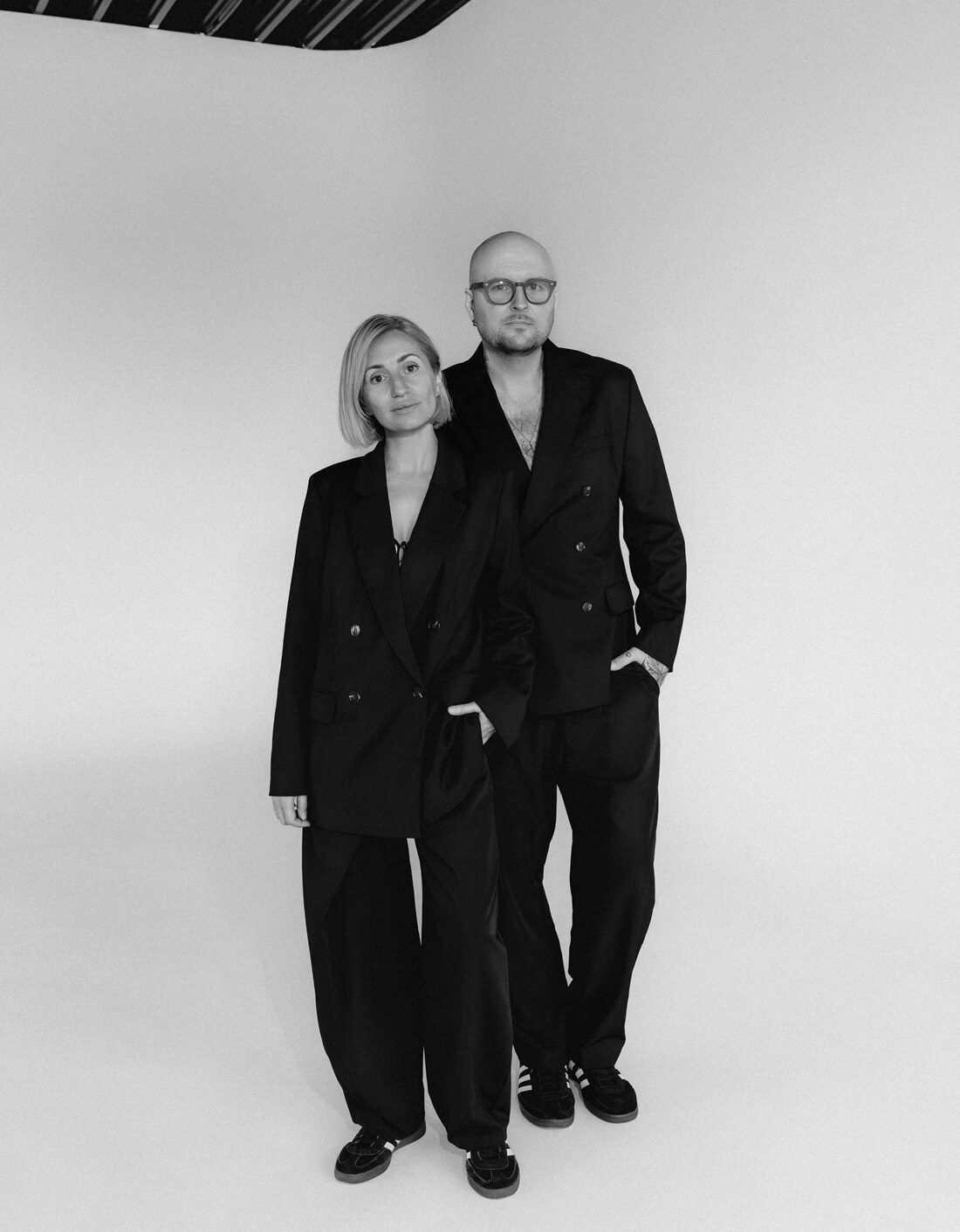The Haute Evolution
Haute Living launched in Miami in 2004 as a local publication focused on the real estate market. Today, it has evolved into a luxury lifestyle magazine with print editions in four markets across the U.S. and an online platform that covers 17 domestic and international markets—a number that is growing exponentially, as is our online readership; www.HauteLiving.com is ranked higher than some of our competitors who have been around for quite longer than Haute Living.
The evolution of Haute Living into a luxury lifestyle powerhouse mirrors the growth of our hometown. In the past six years, Miami has undergone rapid and inspiring changes. No longer solely a beach town known for its rampant nightlife debauchery (although the beaches and nightlife are still quite a draw!), the Magic City is emerging at the forefront of cultural destinations, thanks in large parts to various projects and institutions that have opened since our launch.
In honor of the magazine’s six-year anniversary edition, we present a look back at the revolution of our hometown, which spurred our growth from a real estate rag into a luxury publication, with a focus on the arts, culture, development, hospitality, and fashion—much like the city itself.
First, it’s important to address what this city looked like in 2004. The specific answer may vary but the general consensus is this: vastly different than it does now. I’ll offer this personal example: I moved to Miami in 2003, finding refuge from New England winters in the tropical heat. I landed in South Beach, as many do, and began working as an editor of a local dining publication. The offices were also located on the beach, so reasons to cross the causeway were sparse. One balmy winter day, a colleague asked me to accompany him to a meeting with a real estate developer, who was interested in advertising the Sky Palace condominiums at Mary Brickell Village. As we drove down South Miami Avenue, my colleague pointed out the window. “This will be the center of Miami one day, just wait,” he said. I dismissed him; the surrounding neighborhood was nothing but aging office towers with a handful of restaurants, like Perricone’s, Tobacco Road, River Oyster Bar, and Big Fish, to serve the corporate types.
Fast forward to 2010. I now live steps from Mary Brickell Village, which is emerging as a thriving urban center filled with boutique shops and restaurants galore; a new eatery opens its doors seemingly on a weekly basis. Every night, those restaurants and lounges are packed with an aspiring young professional crowd that has moved into the new, luxury residential towers that surround the neighborhood.
Just around the corner sits ICON Brickell, a Philippe Starck masterpiece by Related Group that includes a Viceroy Hotel tower with designs by Kelly Wearstler. On the other side of the Miami River, high-rises like the Metropolitan Miami Complex are filling up fast. That rate is expected to accelerate exponentially when the new Three Kings of the Miami Heat hit the court at the downtown American Airlines Arena this fall.
The city of Miami is growing up at lightning speed, and a number of flagship projects served as the catalysts for this change. Over the course of Haute Living’s history, we have covered many of these projects extensively, and those articles can be seen in our online archives: /archives. In honor of the six-year anniversary of Haute Living, we present a look back at the events and institutions that ushered Miami into a new era, as well as a look forward at some of the forthcoming projects that will make an indelible mark on the cultural fabric of this city.












